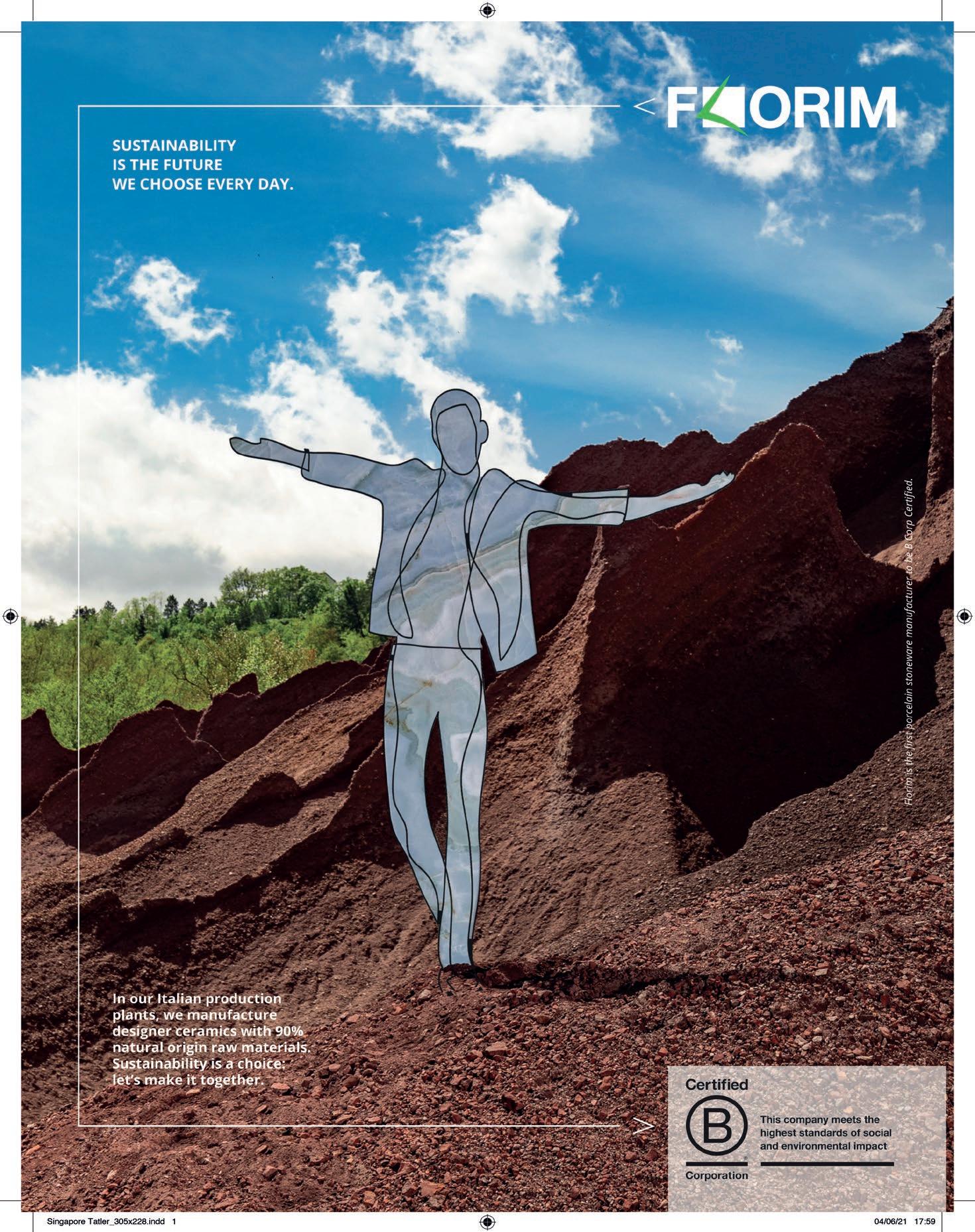
3 minute read
REPORTING FROM
from PREVIEW Frame #147 JUL/AUG
by Frame
NO FIXED
ABODE
Advertisement
Four years ago, an adventurous colleague in our design team let us know that she was planning to become a digital nomad. She was in her early thirties, single, and wanted to travel and work from a backpack and laptop. Although that didn’t seem ideal for a graphic designer, she thought it was doable. She put her money where her mouth was and left for Barcelona, where she took up residence in a small flat for a few months, then travelled on to hotels and hostels in Mexico and South America. While on the go, she and a friend in the Netherlands built up a nice clientele in Europe. Her dream came true. Finally, she and her new boyfriend returned to Barcelona, where she still lives – no longer a nomad. Nomadism’s nothing new. Some peoples have been moving from one place to another for centuries. The phenomenon became meaningful to individuals with the advent of the laptop and widespread access to fast internet. The coronavirus gave the decisive push to a development that had already been predicted in 1997 by Rachael Woldoff and Robert Lichfield in their book Digital Nomads. When the virus began to circulate in 2020, offices were declared a dangerous area and working from home became the norm for those who could. Two years later, many companies are using all the tricks in the bag to try to lure their staff back to their home base. But lots of employees don’t want to give up their newly acquired autonomy. More and more of them are even daring to resign, following the same path as our former colleague. And with the everincreasing urbanization of the world, this freedomand-flexibility-loving group only looks set to grow in the coming years. In this issue’s Lab we’ve mapped out how the hospitality industry wants to win over the digital nomad. True freelancers always want to be on the move. They’re particularly attracted to vehicles in which they can move, stay and work – think cruise ships, but also new types of cars that can be transformed into meeting rooms on wheels in the blink of an eye. Hotels are pulling out the stops to gain the favour of the nomads who are a little less demanding when it comes to mobility. The business hotel as we know it from the 1980s – with desks tucked away in dark corners, uninspiring conference rooms and rooms furnished mainly for sleeping – is losing the battle for the hip digital nomad. Unless they transform their lobbies into buzzy meeting/workplaces, add a restaurant where locals who matter also want to be seen, and make sure their rooms offer an office-worthy work setting in addition to a bed and bath. Thanks to smart entrepreneurs, digital nomads who want to stick around in one place a little longer can now make use of collective living quarters that they can adapt to their personal preferences to a certain extent. Mobility, flexibility, customization: three keywords that describe what digital nomads are looking for. Three words that also apply to work and retail in general. Add sustainability and inclusivity, and you probably have an accurate description of the future of spaces in the next decade.
Robert Thiemann
Editor in chief


business of design
What’s behind the trend of flagship factories. How hospitality design can become more inclusive. Will 3D printing reshape the future of housing? Workspaces head for the metaverse. The big potential of biomaterials in spatial design.





